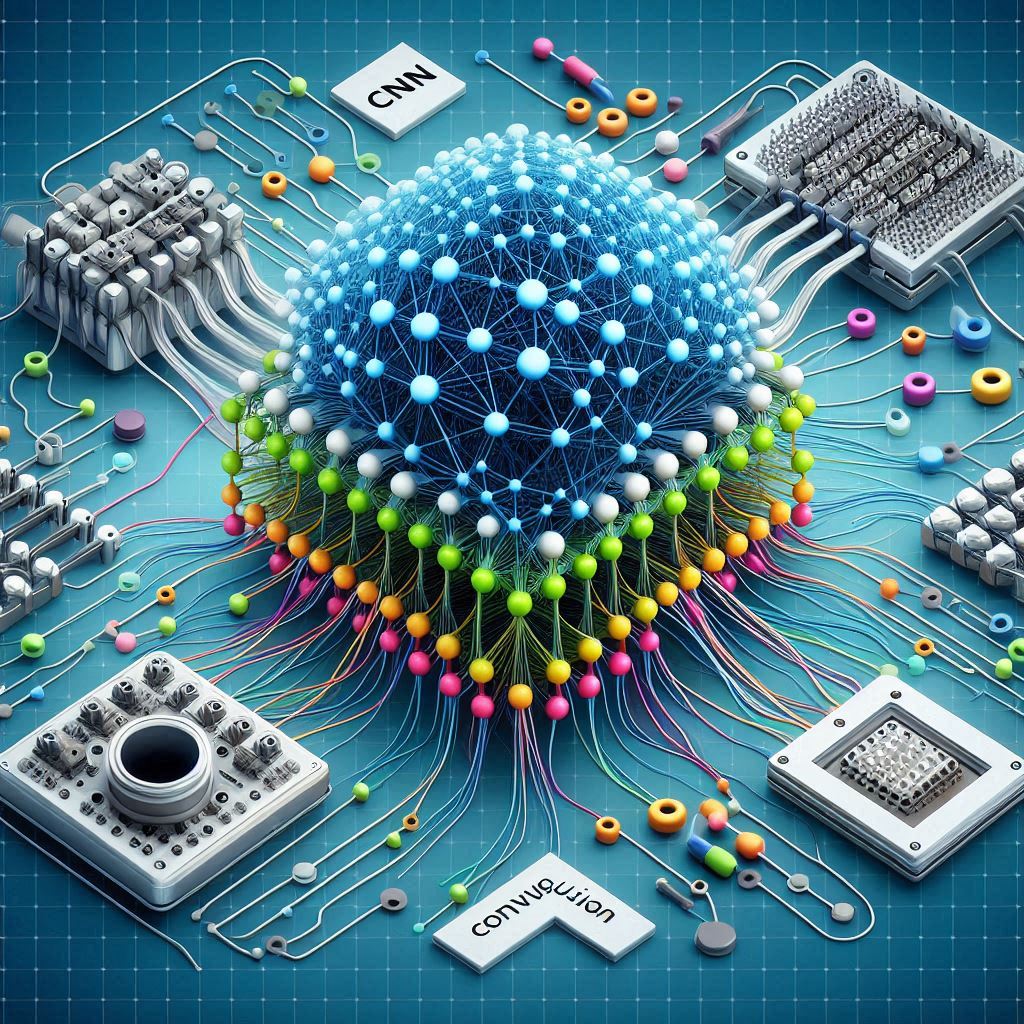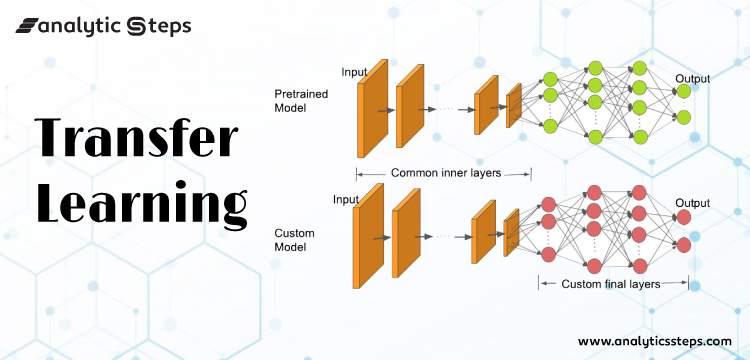Advanced Deep Learning
Section outline
-
-
Specialization: IABD
Level: Second Year Master's Degree
Module: Advanced Deep Learning
Credit: 6
Unit: Fundamental
Coefficient: 3
Instructor: Mohamed GOUDJIL
Email: mohamed.goudjil@univ-dbkm.dz
-

-
This chapter delves into the foundational aspects of fully connected neural networks, emphasizing their significance in the realm of computer vision. It explores the transition from manual feature extraction, which relies heavily on domain knowledge, to automated learning methods that streamline the process. The content is primarily derived from the MIT Deep Learning course, providing a comprehensive overview of contemporary techniques and their practical applications
-
-

-
In this chapter, we delve into Recurrent Neural Networks (RNNs), a type of neural network particularly well-suited for handling sequential data. RNNs are unique in their ability to maintain a 'memory' of previous inputs through loops within their architecture, which is essential for capturing temporal dependencies. This makes them ideal for various applications such as time series analysis, audio processing, and natural language processing. Specific tasks where RNNs excel include binary. classification, sentiment analysis, image captioning, and machine translation
-
-

-
In this chapter, the author discusses the fundamentals of transfer learning, starting with an overview of its basic concepts and formal definitions. Various strategies for implementing transfer learning are explored, alongside practical demonstrations to illustrate how these concepts work in real-world applications. The chapter also delves into the motivation behind using transfer learning and its advantages, particularly in scenarios with limited data availability. Additionally, the text provides a concise review of Convolutional Neural Networks (CNNs), which are often used in transfer learning tasks.
-
-

-
In this chapter, we delve into the concept of Deep Reinforcement Learning (DRL). DRL merges reinforcement learning (RL) with deep learning, enabling agents to make decisions and learn policies for complex tasks. Unlike traditional RL, which relies on hand-crafted features, DRL uses neural networks to automatically learn representations. This allows agents to handle high-dimensional state spaces, such as those found in video games or robotic control. Through the combination of deep neural networks and reward-based learning, DRL has achieved remarkable successes, including mastering games like Go and complex robotic manipulations.
-
-
-
Opened: Tuesday, 7 January 2025, 12:00 AMDue: Friday, 10 January 2025, 12:00 AM
-
Opened: Wednesday, 29 January 2025, 12:00 AMDue: Thursday, 30 January 2025, 12:00 AM
Here, you can attach your Activity Lab presentation, code, and/or Colab shared link. Please make sure to do so before January 30th at 00:00.
-
-
Final Exam: Corrected Version
-



